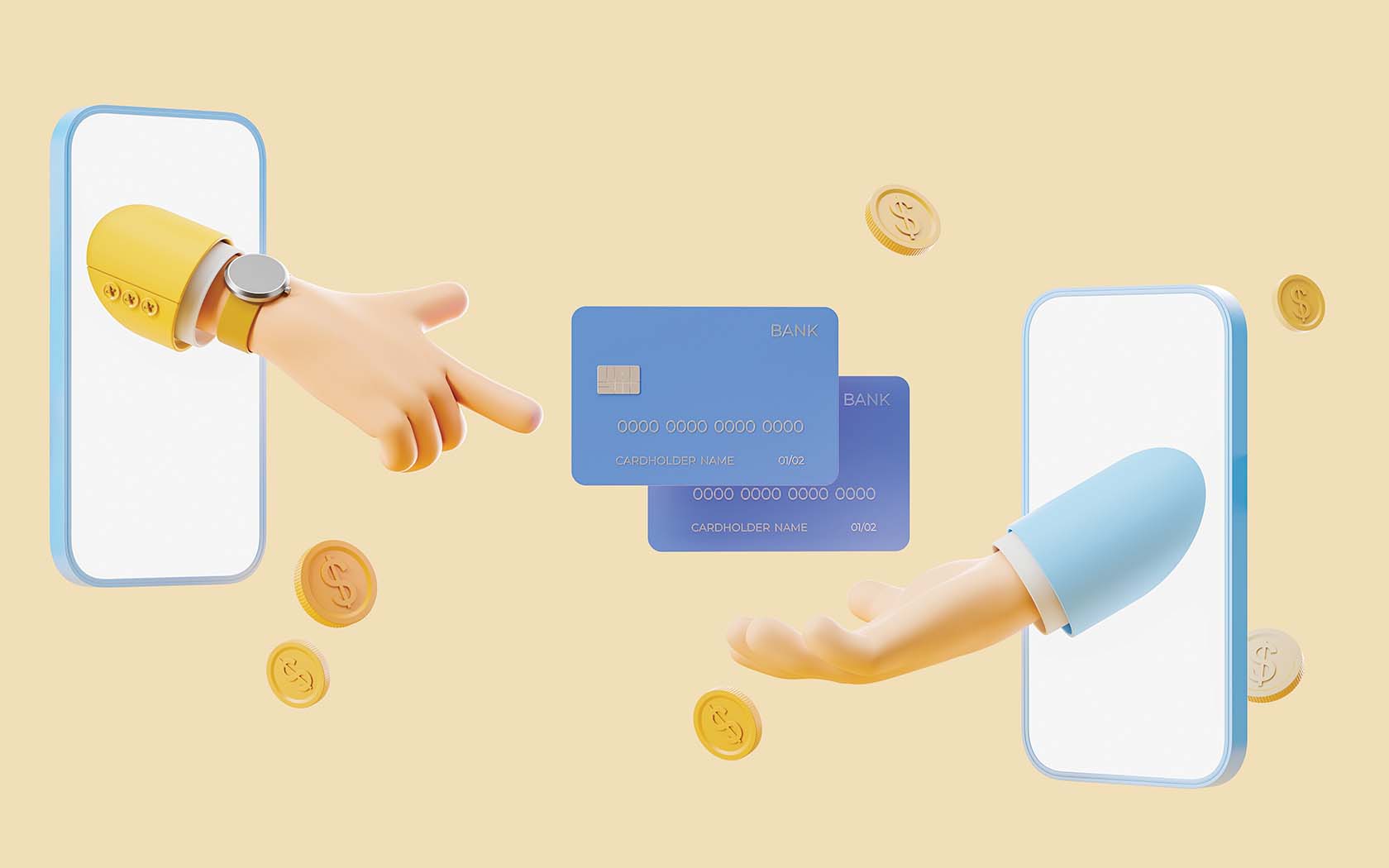Younger generations prefer debit to credit, but consumers’ appetite for card rewards is still strong. Learn how your community bank can integrate rewards as part of its payments strategy.
Evaluating Credit Card Rewards in Modern Banking
November 03, 2025 / By Colleen Morrison
Younger generations prefer debit to credit, but consumers’ appetite for card rewards is still strong. Learn how your community bank can integrate rewards as part of its payments strategy.
When it comes to today’s credit card rewards programs, what consumers and businesses want depends a lot on their individual goals. For example, a 2025 Bankrate survey showed that four in five cardholders make at least some effort to earn rewards. However, Motley Fool Money survey found that in terms of the credit card features in highest demand, rewards weren’t as important as zero annual fees and low interest rates.
“I think consumers, generally speaking, are less driven today than they were a decade ago by reward programs,” says Noah Wilcox, president, CEO and chairman of $430 million-asset Wilcox Bancshares Inc., a holding company for two community banks in Grand Rapids and Delano, Minnesota. “Boomers and Gen X are more likely to use credit than debit and pay monthly, whereas younger generations are more debit card‑driven.”
Card payments show a generational divide
Data supports this point. A Motley Fool Money survey found that the main reason Gen Z and millennials shopped their last new credit card was to build their credit, while Gen X and baby boomers were hoping to earn points or optimize rewards. In fact, 40% of baby boomers indicated that gaining rewards or cash back is a top motivator for engaging with a new card, while only 23% of Gen Z cited it as a primary consideration.
However, regardless of generation, a Forbes Advisor survey found that more than a quarter of consumers (28%) cite miles, points or cash back as a primary motivator to pay by card, making rewards a leading incentive to drive card transactions.
“We consistently hear from clients that a rewards program is critical to their card usage,” notes Steve Peotter, president and CEO of $2.5 billion-asset One Community Bank in Oregon, Wisconsin. “If you do not offer rewards, your program is [at a disadvantage].”
Which card rewards work?
Today’s economic environment also influences reward preferences. When it comes to what customers want from their rewards programs, cash reigns supreme. Eighty-two percent of consumers choose cash as their preferred reward, according to WalletHub research. In fact, when given the choice of redeeming points for cash back or gift cards, 61% select that option over free flights and hotel stays.
Yet, providing a rewards choice may give community banks a leg up. According to Peotter, cash is only one facet of a rewards toolbox, and delivering a range of options gives customers the freedom to apply rewards in the manner that most appeals to them.
“Our clients enjoy the flexibility that our rewards program offers,” he says. “Some clients opt for travel benefits, while others always choose gift cards to share with their employees or family members.”
And local rewards enabled by community banks may have a unique resonance. For example, community banks can offer special bonus rewards for transactions made at participating local merchants to support resident businesses.
The strategic rewards play
More from ICBA
Explore ICBA Payments’ offerings for direct issuer and agent programs for community banks at icba.org/payments
While the specifics of credit card rewards programs depend on a community bank’s preferences and those of their clients, much is to be gained by targeting customers with the right offerings. For instance, high-net-worth customers tend to gravitate toward rewards programs: Data from Bankrate shows that 87% of all cardholders earning more than $100,000 make an effort to earn credit card rewards. What’s more, 37% of national bank cardholders indicate they would be highly likely to switch to a community bank that provides card rewards and cash back, opening up doors to new potential relationships.
In addition, having a credit card rewards program plays an important role in a bank’s card strategy and path to top-of-wallet status. Nearly a third (31%) of credit card holders name rewards or discounts as the reason they make a card their primary card, a PYMNTS survey found.
“If bankers are not offering cards, they are missing out on their entire business model,” Wilcox says. “This is not about deposits and loans; it is about loans and controlling top-of-wallet payments spend.”
How to manage credit card rewards programs
Even knowing rewards are a critical piece of the card program puzzle, community bank leaders still need to think strategically about both the assets and liabilities that come with these programs. They will need to consider everything from how to address unused rewards to when it may be time to reevaluate their program offerings.
“If a bank has a long history of providing rewards of any kind to card customers, there is a contingent liability that needs to be addressed at some point,” says Wilcox, “so sunsetting rewards is a very common activity to manage this.”
Rewards programs play an important role in supporting a credit card portfolio, but they do most often require third-party engagement for execution. Community banks can manage their programs by looking for support from existing vendor partners or by identifying individual card service providers. For instance, ICBA Payments offers a card program to all ICBA members that is designed exclusively for community banks with options across the revenue and risk spectrum.
Whatever approach a community bank takes, a rewards program may bolster its card portfolio and card use, introducing new revenue potential for the bank and a return on engagement for its customers.
Subscribe now
Sign up for the Independent Banker newsletter to receive twice-monthly emails about new issues and must-read content you might have missed.
Sponsored Content
Featured Webinars
Join ICBA Community
Interested in discussing this and other topics? Network with and learn from your peers with the app designed for community bankers.
Subscribe Today
Sign up for Independent Banker eNews to receive twice-monthly emails that alert you when a new issue drops and highlight must-read content you might have missed.
News Watch Today

Join the Conversation with ICBA Community
ICBA Community is an online platform led by community bankers to foster connections, collaborations, and discussions on industry news, best practices, and regulations, while promoting networking, mentorship, and member feedback to guide future initiatives.













